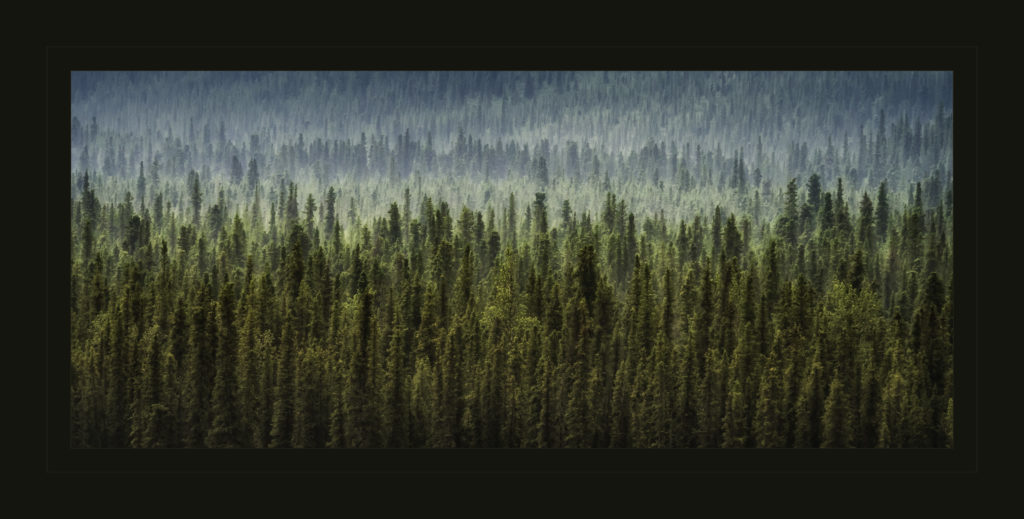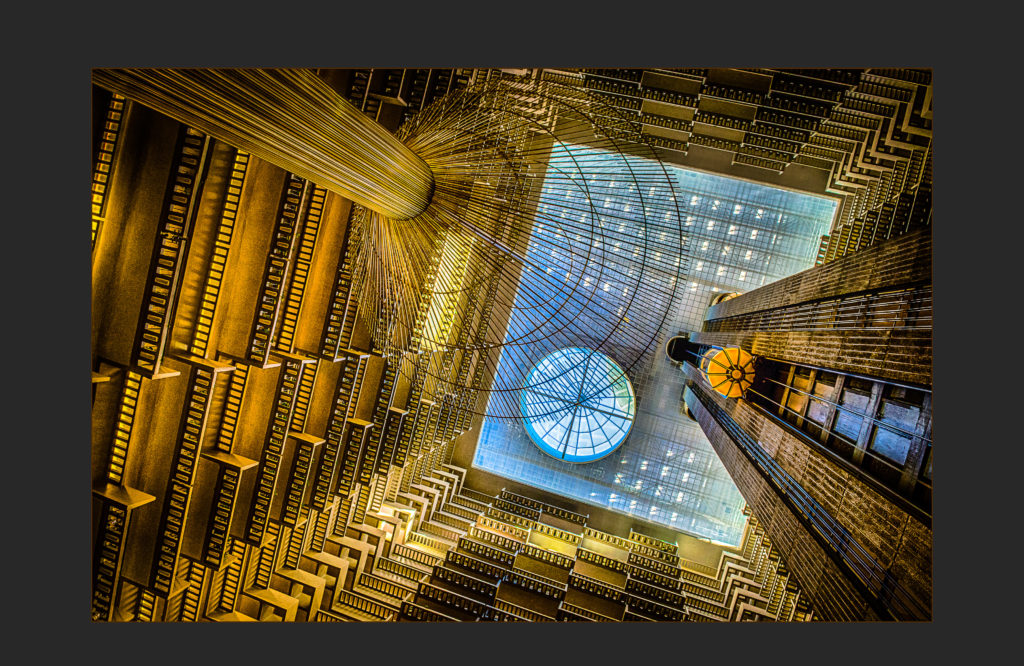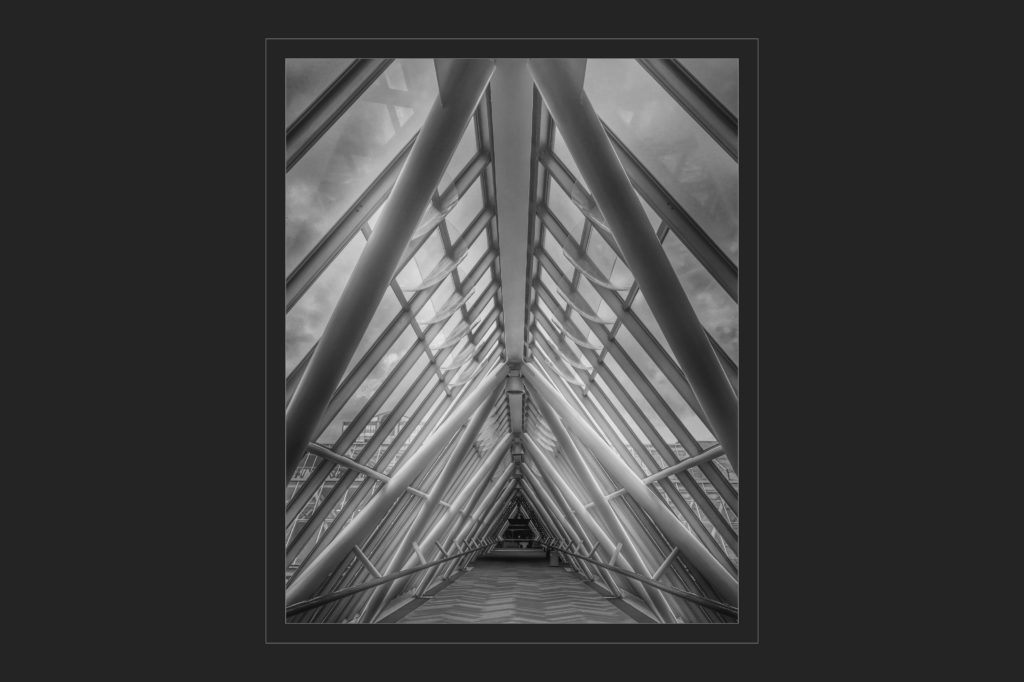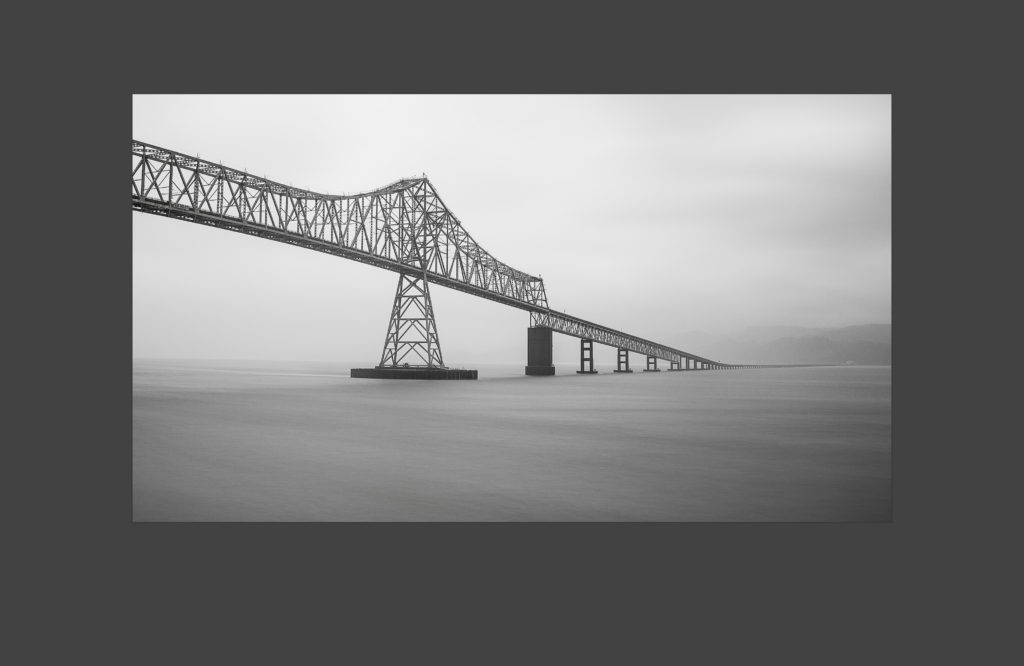Image Competition? Like a photo contest?
No. Nothing like that.
Over the past few years, I’ve gotten into formal image competition through PPA and OPPA as a way to improve my work as a photographer. At this point I feel confident as a competitor, and I’ve done alright1, but I’m still on the journey of improvement (which, for a serious photographer, never ends).
Here’s what I wish I’d known for getting started with PPA competition, but either nobody told me, or I wasn’t listening2:
The Judges
The judges aren’t actually just spouting off random opinions about the images. Turns out that they’ve all had extensive training. PPA judges have all been to a week-long judging workshop, are required to be Masters themselves, and have spent multiple years in training and receiving evaluations. Judges at state level competitions have also received training. While I can’t speak with authority on every state, for the Oregon Professional Photographers Association our active judges have receive two full days of training, and spend at least two years as a trainee judge, receiving evaluations, before becoming part of our active juror pool. Once an active juror, they’re required to attend a yearly refresher training, receive feedback on their performance as a judge, and continue to enter work as a competitor.

The Categories and Scoring
PPA image competitions are judged with the following scale:
Exceptional: 100-95
Superior: 94-90
Excellent: 89-85
Deserving of a Merit: 84-80
Above Average: 79-75
Average: 74-70
Below Exhibition Standards: 69-65
These categories are for professional photography. So… while the “Above Average” category doesn’t reach the threshold for a merit, that doesn’t mean an image landing there is horrible. It’s still above average professional work. The maker should feel okay about that image. Your clients will probably be quite pleased with it and be happy to hand over their money. But image competition is designed to reward that work which truly stands out. Merely being average or just above average isn’t good enough. That’s fine. We can do better.
The score your image receives is an average of the scores of five judges. Within a category, don’t worry about a point or two either direction. An 81 vs. an 83 isn’t a difference to care about.

The Twelve Elements
Study and learn the Twelve Elements of a Merit Image. That site I linked is to an article from my colleagues Lisa Dillon and Bryan Welsh, and I feel does a much better job of laying out what the twelve elements really mean than some of the “official” documentation from PPA.
After you’ve studied the twelve elements, study them again.
This is what you’re judged on. While you need not excel in all twelve areas with every image, you must have competence across the board. An image that fails hard in one element, especially an element like technical excellence or lighting, will struggle to reach a merit score.
When judges speak to an image, they should be framing those comments with the twelve elements.
Presentation
One of the twelve elements is Presentation. What the hell does that mean?
If you’re competing with physical prints, that means the physical print. Your choice of paper, matting, and the like. Essentially what you’ve done to present the image.
If you’re entering digital images, you don’t have to choose paper, but you do still have to think about a mat. Competition images are usually given a digital mat around the edge, which you can create in Photoshop, Lightroom, or your editor of choice. Think subtle. You want a presentation that doesn’t distract from the image. There should be a key line (stroke) that frames the image, but it should be small, and in a color that doesn’t compete with your image for attention. Look at the various photos in this article (or the twelve elements article linked above) for some basic presentation examples.
A good presentation generally won’t strengthen an image, but a bad one will detract.

You Probably Won’t Merit At First
While there are rare individuals who enter their first competition and all their work earns merits, this is definitely the exception to the rule for those getting started with PPA competition. Most folks don’t do so well at the beginning. I didn’t. I recall my first competition I entered where none of my three images earned a merit.
Was I disappointed? Of course.
When I listened to the judges’ feedback and why they felt my image could be stronger, did I agree? I did. They had valid points. As I prepared future images for competition (and in general) I kept that feedback in mind.
Competition is a Game
Competition is a game. It has rules. There are awards for those who win. Unlike many competitions, you’re not competing against others, but rather against yourself and against a standard.
Doing poorly in competition doesn’t necessarily mean you’re a bad photographer. It could be that your style of photography doesn’t fit well within the competition rules.
That said, doing well in competition is guaranteed to make you a better photographer, by focusing on your work and seeing improvement in areas of weakness. That’s a good thing.

It’s a Journey
I mentioned in the introduction that serious photographers are always trying to improve. Competition is a great way to do that. Over the past few years I’ve received various bits of feedback on competition images that I’ve taken to heart and incorporated into my everyday photographic work. A photograph is comprised of various elements and they all play together to make the finished image. Kaizen is the process of continuous improvement, and I look at competition as one way to gather feedback to help me make small improvements.
Here’s a video OPPA recently produced about the reasons to compete:
Drop a comment below with your thoughts on competition, questions, or if there’s any other way I can help you become a better photographer by getting started with PPA competition.

Leave a Reply